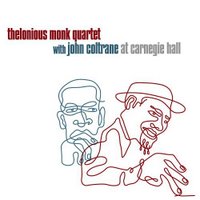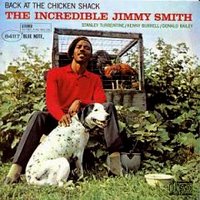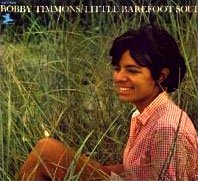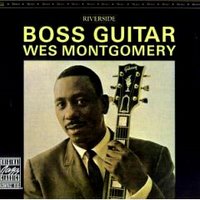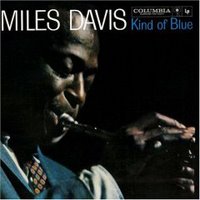Coltrane - John Coltrane Quartet

Apty titled, Soul Eyes is full of soul, a window into the lovely, delicate, melancholy & complex soul of the Coltrane Quartet. Trane's statement of the melody on this track really captures the sophisticated romanticism that seems the essence of this Dameron ballad - while Tyner's subsequent solo brims with a quiet, subtle joyousness, sparkling from the outset with crisp, articulated runs - uplifting in their buoyancy. Trane's solo begins briskly, interspersing restrained longer singing wails, punctuated with dense flourishes and his signature fragmented motifs. All seamlessly float atop the tune's complex changes, with the quartet gracefully dropping back into legato for the closing statement of the melody. Soul Eyes is not just a rare and wonderful interpretation of a an obscure Tadd Dameron treasure, but also a captivating glimpse into the Coltrane Quartet's masterful powers, specifically their artistry with ballads and chord changes - something not as extensively documented as their recordings of modal material during this period.
Not everyone - perhaps not anyone else - can take an almost absurdly mundane and trite little ditty like Inchworm and infuse it with the staggering, apocalyptic beauty that Trane did. Soaring off into the upper reaches of his soprano even during break that punctuates his initial statements of the melody, Trane by turns wails, sings, and cries through this tune all the while unleashing the floodgates of a strangely beautific cosmic angst that surfaces often his work of this period. Sort of an aesthetic oxymoron: a paradoxical interweaving of joy and grief, at once celebratory shouting and a cry of despair, yin and yang, light and dark... This piece stills sends chills up my spine - decades after the first listening - not just Trane's magnificent solo, but little details like his series of trills during and after his last statements of the melody, the pulling back of the whole Quartet during the melody, and Trane's final word, his harmonically dazzling cadenza at the end, spiralling off into a stark tonality before careening back to resolution...
Coltrane (Impulse A 21)
Rudy Van Gelder Studio, Englewood Cliffs, NJ
April 11; June 19, 20, 29 1962
